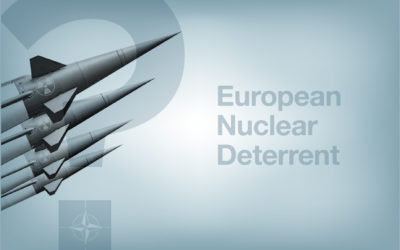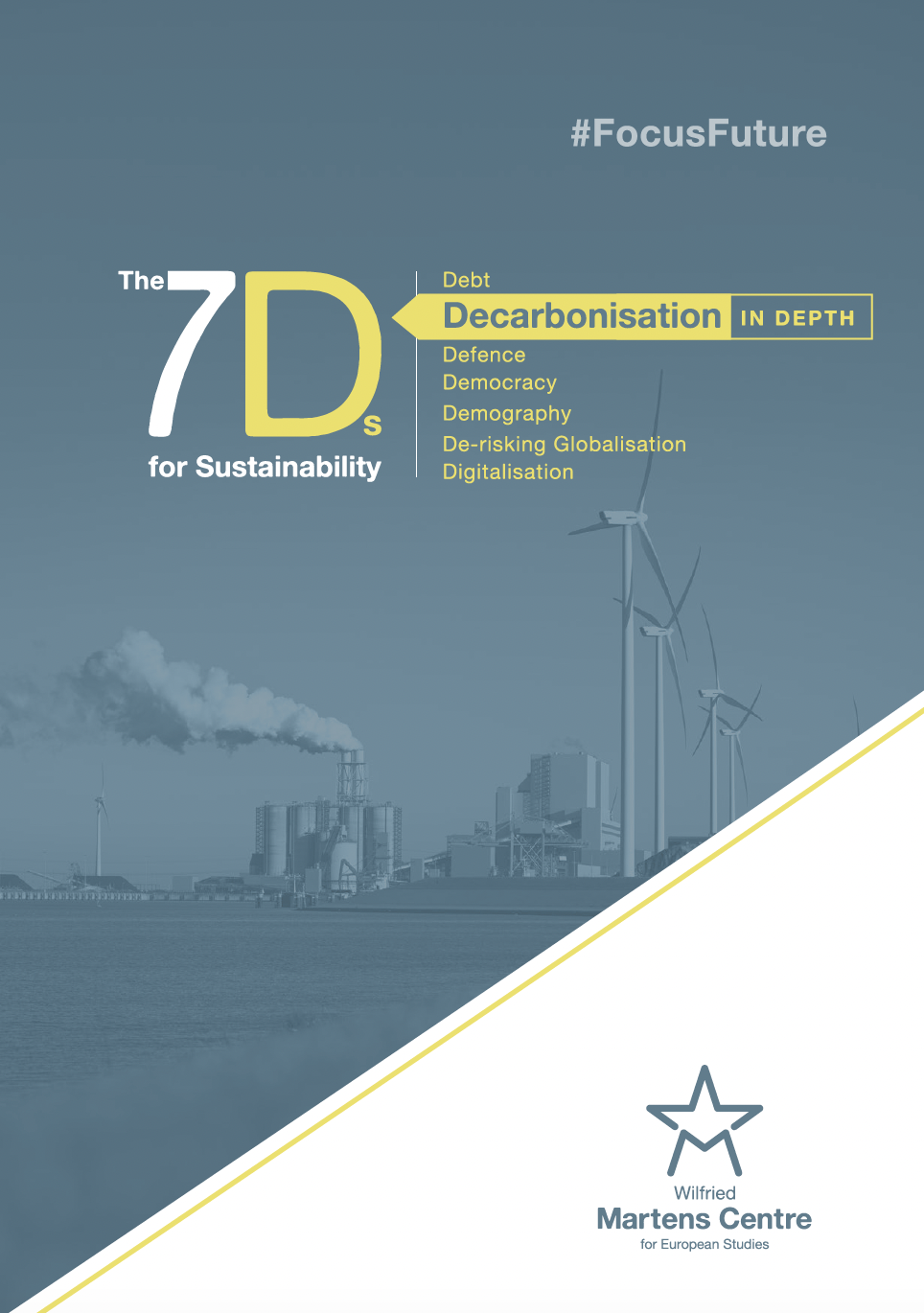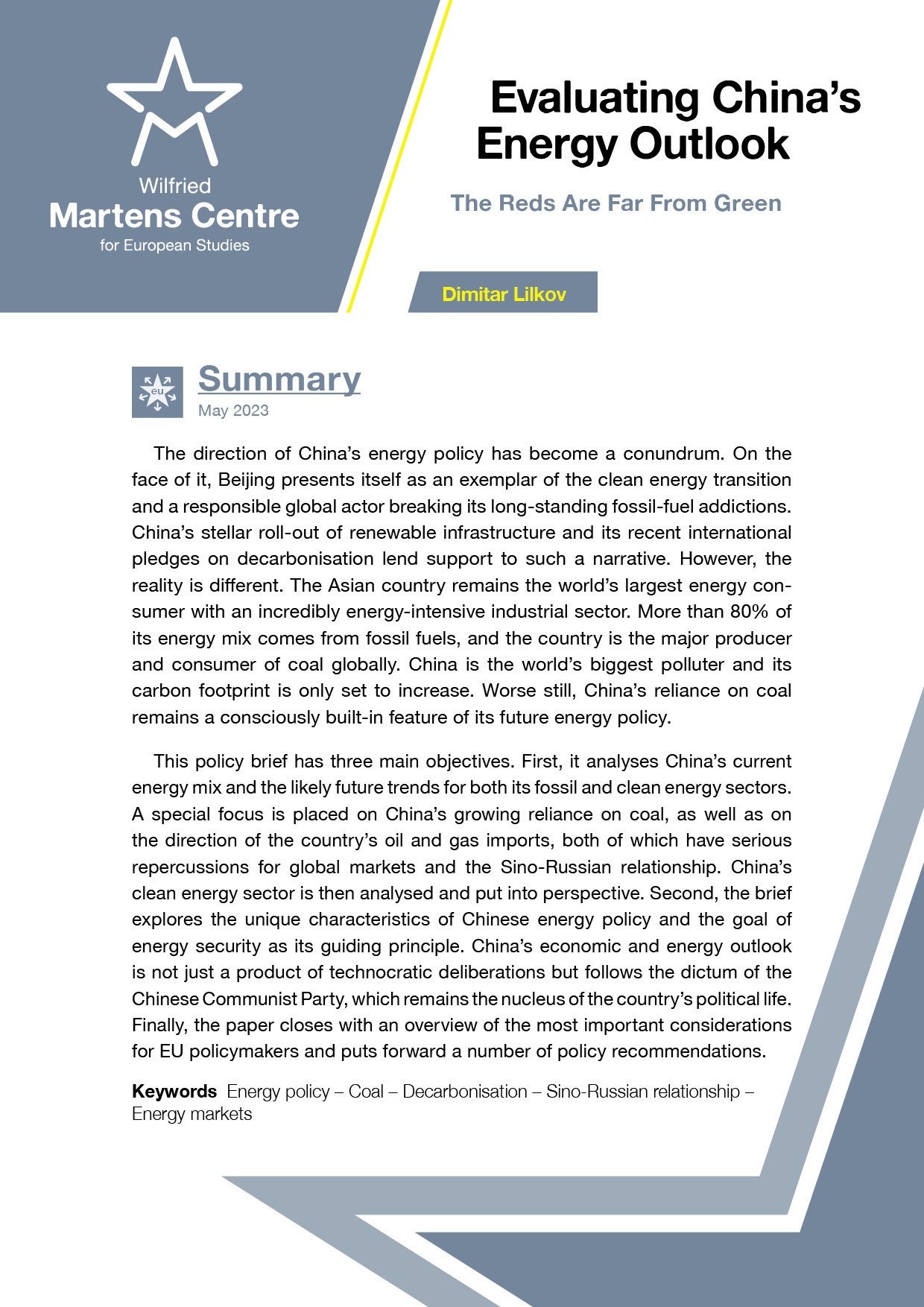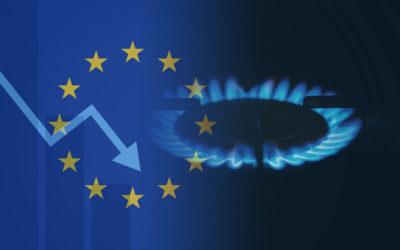The American energy revolution: challenging Europe and the Middle East
07 December 2015
The American energy revolution has radically transformed the US energy landscape in less than a decade. Surging energy production is increasing US energy self-sufficiency, the holy grail of American energy policy for over 40 years. The US economy appears to be the biggest winner in the new energy reality. The surge in US competitiveness presents an almost insurmountable challenge for important parts of European industry.
Yet, is the US, in the wake of diminishing reliance on foreign oil, redefining its role in the oil-rich and conflict-ridden Middle East, causing a US foreign policy revolution in the region? And is Europe on the winning or losing side of this new Middle Eastern reality?
In this article I describe the American energy revolution and argue that, despite growing energy self-sufficiency, the US will remain deeply integrated in the global energy markets. The American energy bonanza will thus continue to have a significant, though not revolutionary effect on the global energy landscape.
I also argue that, despite the official US rhetoric, the American energy revolution is causing a somewhat revolutionary shift in the US’s Middle Eastern policy. The US’s diminishing energy imports seem to be contributing to a less engaging role for the country in the region.
The lack of determined American leadership to end the conflicts in Syria and Iraq is also resulting in the European refugee crisis. Without decisive action, the EU is likely to stay on the losing side of the American energy revolution on the Middle Eastern and economic front, at least compared to the US.
Read the full FREE article published in the December 2015 issue of the European View, the Martens Centre policy journal.
ENJOYING THIS CONTENT?






















